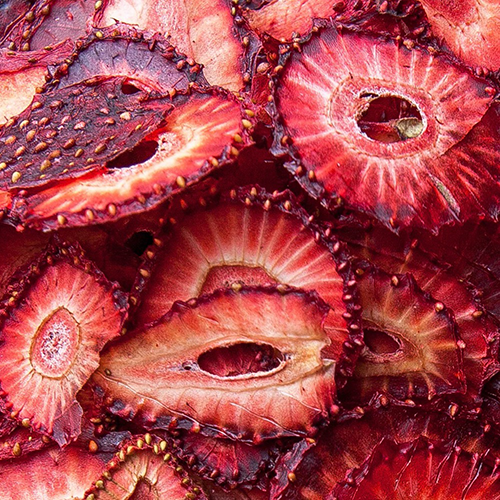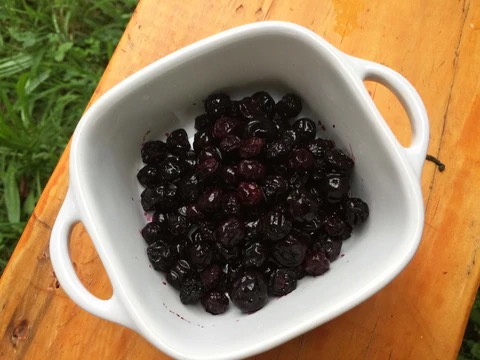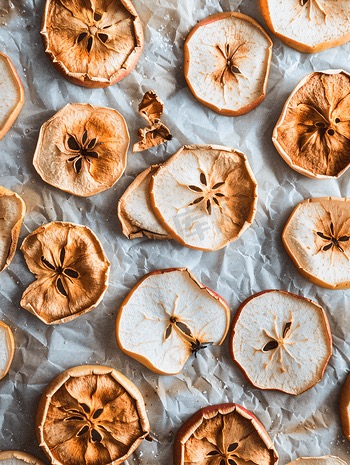
Content Menu
● Understanding Food Dehydration
● Benefits of Dehydrating Food
● Methods for Drying Food without a Dehydrator
>> 1. Sun Drying
>> 2. Air Drying
>> 3. Oven Drying
>> 4. Toaster Oven
>> 5. Microwave Drying
● Additional Techniques for Specific Foods
>> Jerky Making
>> Fruit Leathers
● Tips for Successful Food Dehydration
● Conclusion
● FAQs
>> 1. What types of food can I dry without a dehydrator?
>> 2. How long does it take to dry food using these methods?
>> 3. Can I dry food indoors?
>> 4. How do I know when my food is properly dried?
>> 5. Is it safe to dry meat at home?
● Citations:
Dehydrating food is a time-honored method of preservation that allows you to enjoy fruits, vegetables, and meats long after their harvest. While electric dehydrators are popular for their efficiency, there are numerous methods to dry food without one. This article will explore various techniques, tips, and tricks for drying food effectively at home, ensuring you can enjoy delicious dried snacks anytime.

Understanding Food Dehydration
Dehydration is the process of removing moisture from food to prevent spoilage. By reducing the water content, you inhibit the growth of bacteria, yeasts, and molds. This method not only extends the shelf life of food but also concentrates flavors and nutrients.
Benefits of Dehydrating Food
- Longer Shelf Life: Dried foods can last for months or even years when stored properly.
- Nutrient Retention: Dehydration preserves many vitamins and minerals, making dried foods nutritious snacks.
- Lightweight and Portable: Dried foods are significantly lighter than their fresh counterparts, making them ideal for camping and hiking.
- Cost-Effective: Drying your own food can save money compared to buying pre-packaged dried goods.
- Flavor Enhancement: The dehydration process intensifies the natural flavors of fruits and vegetables, providing a more robust taste experience.
Methods for Drying Food without a Dehydrator
1. Sun Drying
Sun drying is one of the oldest methods of preserving food. It requires a sunny location with low humidity.
- How to Do It:
- Cut fruits or vegetables into thin slices.
- Place them on a mesh screen or tray to allow air circulation.
- Cover with a second screen to protect from insects.
- Leave in the sun until fully dried, which may take several days.
- Best Foods: Tomatoes, herbs, and fruits like figs or apricots work well with this method.
- Considerations: Sun drying is best suited for regions with low humidity and plenty of sunshine. Always check the weather forecast before starting this method to avoid unexpected rain.
2. Air Drying
Air drying is similar to sun drying but done in a shaded area to avoid direct sunlight.
- How to Do It:
- Hang herbs in bunches or lay sliced vegetables on trays.
- Ensure good air circulation by spacing items apart.
- Check regularly and flip items if necessary.
- Best Foods: Leafy greens, herbs, and spices are ideal for air drying.
- Tips for Success: Choose a well-ventilated area with low humidity for best results. Hanging herbs upside down allows moisture to escape efficiently while retaining flavor.
3. Oven Drying
Using your oven is a convenient way to dehydrate food without specialized equipment.
- How to Do It:
- Preheat your oven to its lowest setting (around 140°F or 60°C).
- Slice fruits and vegetables into uniform pieces (about ¼ inch thick).
- Place them on baking sheets lined with parchment paper.
- Keep the oven door slightly ajar to allow moisture to escape.
- Dry for several hours, checking periodically until fully dehydrated.
- Best Foods: Apples, bananas, and carrots dehydrate well in the oven.
- Monitoring Progress: Check the food every hour after the first few hours. The total drying time can range from four to twelve hours depending on the thickness of your slices and moisture content.
4. Toaster Oven
A toaster oven can be an efficient alternative for small batches of dehydrated food.
- How to Do It:
- Set the toaster oven to its lowest temperature.
- Arrange food on the rack or tray in a single layer.
- Leave the door slightly open for airflow and check regularly.
- Best Foods: Ideal for small quantities of jerky or fruit slices.
- Efficiency Tip: Toaster ovens are perfect for quick snacks; just be mindful that they may not have as much capacity as larger ovens.
5. Microwave Drying
While not traditional, microwaving can be used for quick dehydration.
- How to Do It:
- Place thin slices of fruits or vegetables on a microwave-safe plate.
- Microwave on low power in short intervals (30 seconds), checking frequently until dried.
- Best Foods: Herbs and thinly sliced fruits like apples can be dried this way.
- Caution: Microwaving can lead to uneven drying; ensure even thickness across slices for best results.

Additional Techniques for Specific Foods
Jerky Making
Making jerky at home is an excellent way to preserve meat without a dehydrator.
- How to Do It:
- Choose lean cuts of meat (like beef or turkey).
- Slice meat thinly against the grain.
- Marinate in your favorite spices and sauces (soy sauce, Worcestershire sauce, garlic powder).
- Use an oven set at low heat or a toaster oven following similar instructions as above.
- Safety Note: Ensure that meat reaches an internal temperature of at least 160°F (71°C) before drying to kill harmful bacteria.
Fruit Leathers
Fruit leathers are another delightful treat you can make at home without special equipment.
- How to Do It:
- Puree ripe fruits (like strawberries or peaches) until smooth.
- Spread evenly onto a parchment-lined baking sheet.
- Dry in an oven at low heat until it becomes tacky but not sticky (about six hours).
- Storage Tip: Once cooled, roll up in parchment paper and store in airtight containers or bags.
Tips for Successful Food Dehydration
- Cut Uniformly: Ensure all pieces are cut to similar sizes for even drying. Thicker pieces will take longer to dry than thinner ones.
- Monitor Temperature: Use an oven thermometer to maintain proper temperatures during drying. Too high temperatures can cook rather than dehydrate your food.
- Store Properly: Once dried, store foods in airtight containers in a cool, dark place to maximize shelf life. Glass jars or vacuum-sealed bags work well for storage.
- Check Moisture Levels: Before sealing your dried foods, check that they are completely dry by breaking a piece; it should snap rather than bend.
Conclusion
Drying food without a dehydrator is not only feasible but also rewarding. Whether you choose sun drying, air drying, oven drying, or other methods, you can create delicious snacks that are perfect for any occasion. Experiment with different foods and techniques to find what works best for you! The versatility of these methods allows you to preserve seasonal produce year-round while enjoying homemade snacks that are both healthy and flavorful.

FAQs
1. What types of food can I dry without a dehydrator?
You can dry various fruits (like apples and bananas), vegetables (such as tomatoes and peppers), herbs, and even meats (like jerky) using methods like sun drying or oven drying.
2. How long does it take to dry food using these methods?
Drying times vary based on the type of food and method used. For example, sun-drying fruits may take several days, while oven-drying can take anywhere from 6 to 12 hours depending on thickness and moisture content.
3. Can I dry food indoors?
Yes! Indoor drying methods like air drying or using an oven are effective alternatives when outdoor conditions aren't suitable. Ensure good ventilation when drying indoors.
4. How do I know when my food is properly dried?
Properly dried foods should be brittle or leathery but not sticky or moist. For fruits, they should be flexible but not wet; vegetables should be crisp.
5. Is it safe to dry meat at home?
Yes, as long as you follow safe practices by using lean cuts of meat and ensuring they reach appropriate temperatures during the drying process. Always store dried meats in cool conditions to prevent spoilage.
Citations:
[1] https://www.healthline.com/nutrition/dehydrated-food
[2] https://www.tracelessintiveden.com/l/diy-dried-food/
[3] https://pedalshift.net/2014/05/dehydrating-ultralight-meals-without-dehydrator/
[4] https://www.youtube.com/watch?v=gfoXDEaa8pQ
[5] https://www.freepik.com/free-photos-vectors/food-dehydrator
[6] https://lifehacks.stackexchange.com/questions/1848/homemade-dehydrator-without-using-the-oven
[7] https://food-hacks.wonderhowto.com/how-to/dehydrate-food-without-dehydrator-0161531/
[8] https://www.youtube.com/watch?v=FKSgyjk_e3c
[9] https://www.reddit.com/r/preppers/comments/ud3ne3/food_drying_without_electricity/











